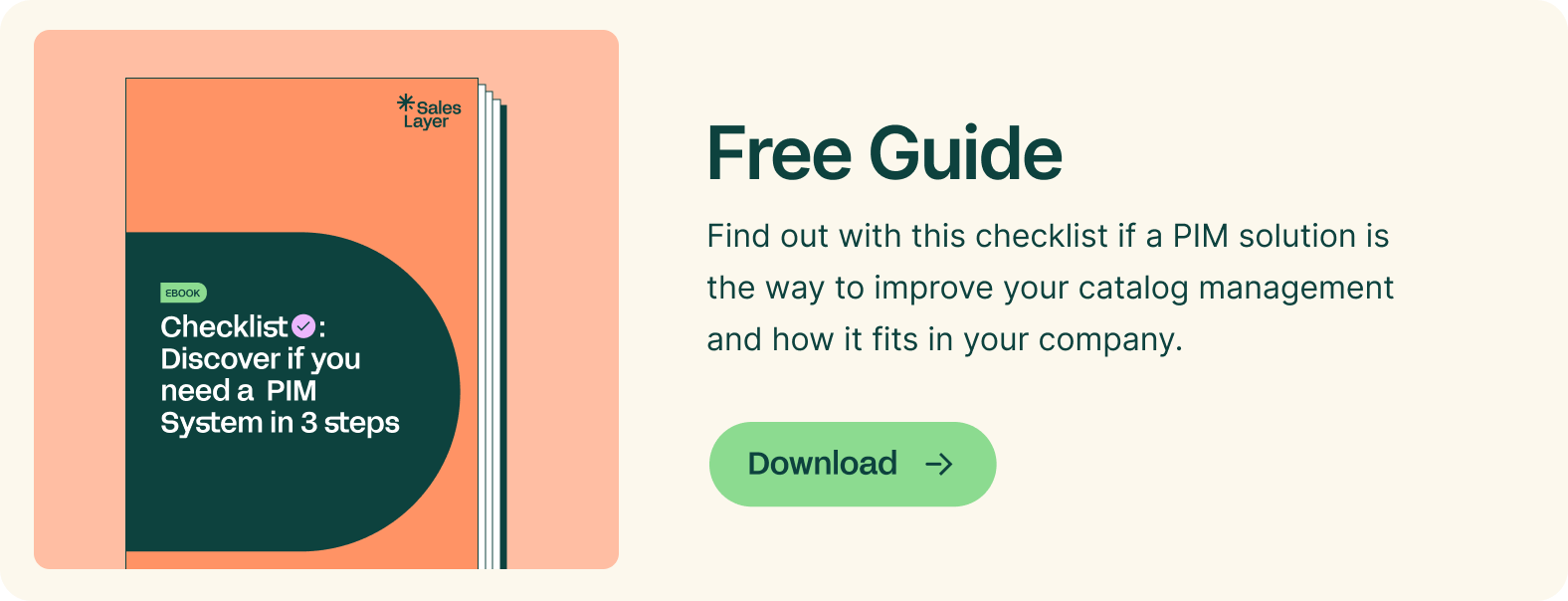-open-source.png)
Open source software is no longer in the hands of hackers and a few computer specialists. It’s an increasingly common option for companies that need to adapt faster than ever to technological evolution.
But is it a positive thing that open source also reaches DAM Digital Asset Management systems? If your company manages numerous visual, audiovisual and graphic digital resources, a Digital Asset Management system is an ideal solution to maintain order and ensure a uniform brand image. But do you have the required preparation to leave those tasks in the hands of an open source system?
Do you know the differences between a DAM and a PIM system?
What is an open source DAM?
An open source Digital Asset Management system implies that the software source code is available to the public or whoever downloads the license. Therefore, it is the most pursued alternative by companies that need to develop, implement and launch systems and apps tailored to very specific needs, since it allows for total customization.
However, this means that your company will need a highly trained IT team that knows how to manage open source DAM systems, in order to avoid long periods of trial and error, or maybe hire a consultant or external team specialized in these tasks. And that leads to an extra budget — even equivalent to an on premise DAM license.
This is very important in terms of security: remember that a Digital Asset Management system contains all your company's digital resources, so the IT department must guarantee that they are being properly encrypted.
On the other hand, Digital Asset Management systems in the cloud are a good alternate solution for companies who do not have the required IT support to manage big task loads.
What are the open source DAM systems in the market?
There is no right or wrong DAM system in general terms: it depends on each company's needs and, above all, on its current business stage. For this reason, Digital Asset Management open source systems tend to be hired by small or medium-sized businesses, and even by non-profit organizations, that want to save the cost of a complete and powerful on premise service that also carries significant annual fees.
But an open source DAM is not totally free. After all, the basis of a Digital Asset Management system is storing digital files, so the license can be free, but not the storage capacity.
ResourceSpace, Nuxeo, Phraseanet or PimCore, are examples of Open Source DAM companies that offer different quotas depending on the space needed, as well as other complementary services (technical support, on premise hosting, backups …).
Features and benefits of DAM systems
Now that you better understand what is an open source DAM as well as the current options in the market, it’s the perfect time to learn some of the benefits of a DAM system. Some of them are:
- More consistent brand image: more professional and harmonious across all its images, fonts…
- Controlled access is guaranteed: with a DAM everybody will know when something changes, and also who did it.
- Backed up documents: Old versions of documents are saved, avoiding lost information which could signify time-waste and damage profitability.
- Content harmonization: Digital Asset Management systems ensure that all the members of the company have the same information, the lastest asset versions updated.
- Database security: The information is safe from external attacks, with three layers of security.
- Time saving: DAM systems reduce workload, so it saves time that can be implemented in productive tasks.
Pros and cons of an open source DAM
Advantages of a DAM system
- Reduction of license costs and annual fees
- 100% control and customization of the DAM system
- Quick start-up
- Community that generates constant updates
Disadvantages of DAM software
- Need for an IT team specialized in open source DAM
- Absence of in-person training and specific technical support
- Non-automated scalability
- Limited storage space
You are probably still doubting which DAM is the most suitable for your company. Remember that a DAM is focused on harboring all your company's digital resources, but a Product Information Management software goes one step ahead.
Do not hesitate to contact us, we will study your case and make you a personalized assessment for free.








